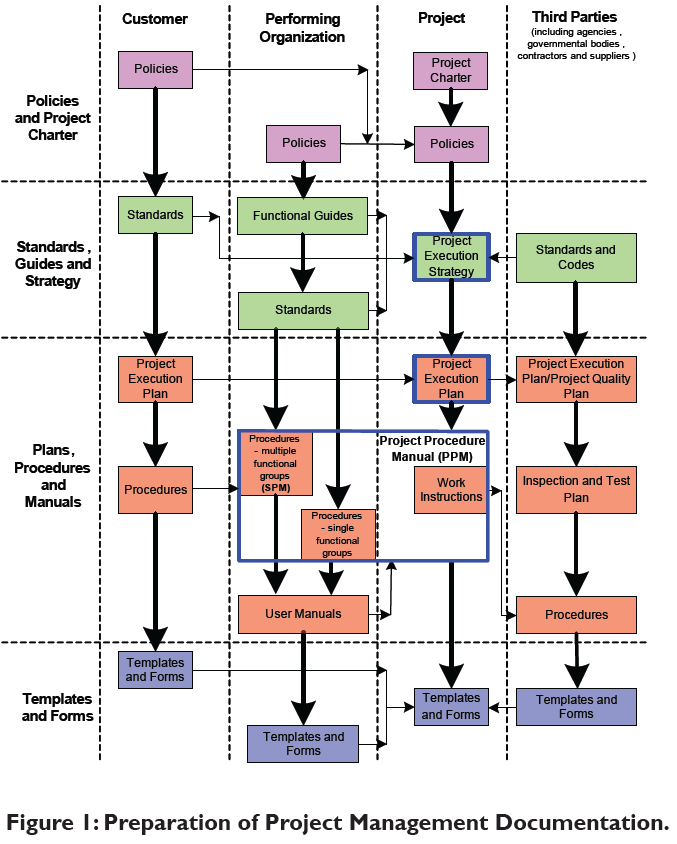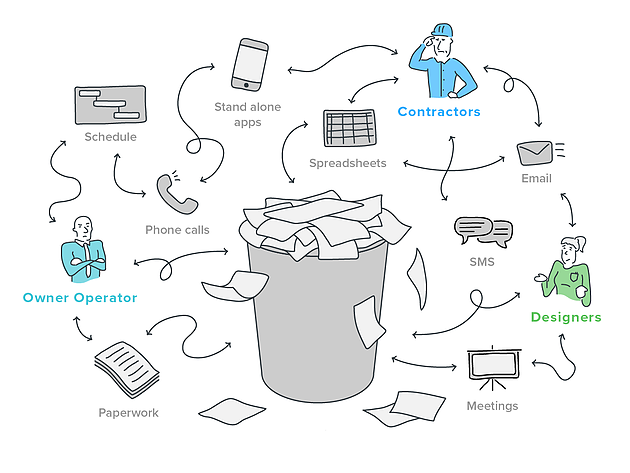Optimizing Task Collaboration: Architect's Ideal Practices in Building And Construction Document Management
In the complex world of architectural projects, the reliable management of building and construction papers stands as a cornerstone for success. Engineers, with their meticulous focus to detail and cutting-edge layout options, are charged with managing a symphony of timelines, stakeholders, and resources. However, among this intricacy exists an important concern: how can architects improve collaboration procedures to improve project end results? By exploring vital strategies such as leveraging cloud-based platforms, developing robust interaction protocols, and ensuring data safety and security, designers can elevate their file management practices to new heights.
Leveraging Cloud-Based Platforms
Leveraging cloud-based systems is a fundamental method for contemporary engineers in enhancing building paper administration processes. By transitioning from traditional paper-based systems to cloud solutions, designers can simplify collaboration, boost paper availability, and improve total project effectiveness. Cloud-based platforms provide architects the ability to store, share, and update building documents in real-time, making sure that all employee have accessibility to one of the most present info no matter their place. This availability advertises smooth interaction and sychronisation among job stakeholders, leading to less mistakes and delays in the building process.
Additionally, cloud-based systems give a secure setting for saving delicate task details, using security, routine back-ups, and customer approval setups to secure data honesty. Engineers can also profit from the scalability of cloud remedies, permitting them to readjust storage space capacity and performance based on project demands. On the whole, leveraging cloud-based platforms empowers engineers to optimize their building record management procedures, driving better collaboration, efficiency, and success in their projects.
Applying Variation Control Solution
Having developed the benefits of cloud-based platforms in building and construction file management, engineers can currently improve their record control processes by executing Version Control Solution. Variation Control Equipment (VCS) are necessary devices that track modifications in records, ensuring that employee are always dealing with the most recent and most precise details. By carrying out VCS, engineers can maintain a central repository where all project papers are kept, enabling smooth cooperation while decreasing the threat of errors and version problems.
This function is particularly important in building and construction projects where style models and adjustments are typical. This transparency not just boosts responsibility but likewise helps in fixing disagreements or inconsistencies that might arise during the task lifecycle.
Developing Interaction Protocols
To make sure effective and effective job control, architects must establish clear and durable interaction procedures within their building and construction record administration procedures. Interaction methods specify the approaches, regularity, and channels whereby staff member exchange details, updates, and feedback. One vital aspect of developing these protocols is figuring out a central interaction system where all project-related discussions and paper sharing can take location. This system can be a task administration software program, e-mail strings, or cloud-based storage solutions. By setting guidelines on how info is shared and exactly how group members interact with each various other, designers can streamline the circulation of information and stop miscommunications or hold-ups in the building process.
Additionally, communication procedures should also consist of guidelines on how to handle disputes, modification orders, and urgent issues that might arise during the job lifecycle. Establishing an organized strategy to interaction guarantees that all stakeholders get on the exact same web page, advertises transparency, and ultimately adds to the successful completion of the construction project.
Using BIM Software Program for Control
BIM software application plays a critical role in boosting sychronisation among job employee in the building and construction industry. Building Details Modeling (BIM) assists in cooperation by offering a central system where designers, designers, specialists, and various other stakeholders can interact in a coordinated fashion. Through BIM software application, task individuals can access and update a shared version that has detailed information about the structure style, building elements, and job schedules.

Additionally, BIM software program allows real-time cooperation and interaction among team members, regardless of their physical area. Via cloud-based BIM platforms, job stakeholders can access the most recent project information, track adjustments, and make informed choices immediately. On the whole, leveraging BIM software program for control boosts job efficiency, efficiency, and eventually leads to effective job outcomes.
Ensuring Data Safety and Compliance
In you could try here the realm of construction file monitoring, securing data integrity and ensuring regulatory compliance are critical considerations for designers and various other project stakeholders. Architects see this have to apply robust safety actions to shield delicate job info from unauthorized access or breaches.

Verdict
In final thought, engineers can maximize task cooperation in construction document administration by leveraging cloud-based platforms, applying version control systems, developing communication methods, utilizing BIM software program for coordination, and ensuring data safety and compliance. These best techniques aid simplify the construction process, enhance communication amongst task stakeholders, and improve effectiveness in job shipment. By adhering to these standards, designers can successfully handle construction files and help with effective task results.
Via BIM software application, task individuals can access and upgrade a common version that has detailed information about the building design, construction elements, and project timetables.
Through cloud-based BIM systems, job stakeholders can access the most recent project info, track adjustments, and make notified decisions promptly - construction document check my blog management. Generally, leveraging BIM software for control boosts task effectiveness, productivity, and eventually leads to successful project end results
In final thought, engineers can enhance task collaboration in construction record administration by leveraging cloud-based platforms, carrying out version control systems, establishing communication procedures, using BIM software for coordination, and ensuring data security and conformity. These ideal methods help enhance the construction procedure, enhance communication among job stakeholders, and boost efficiency in project distribution.